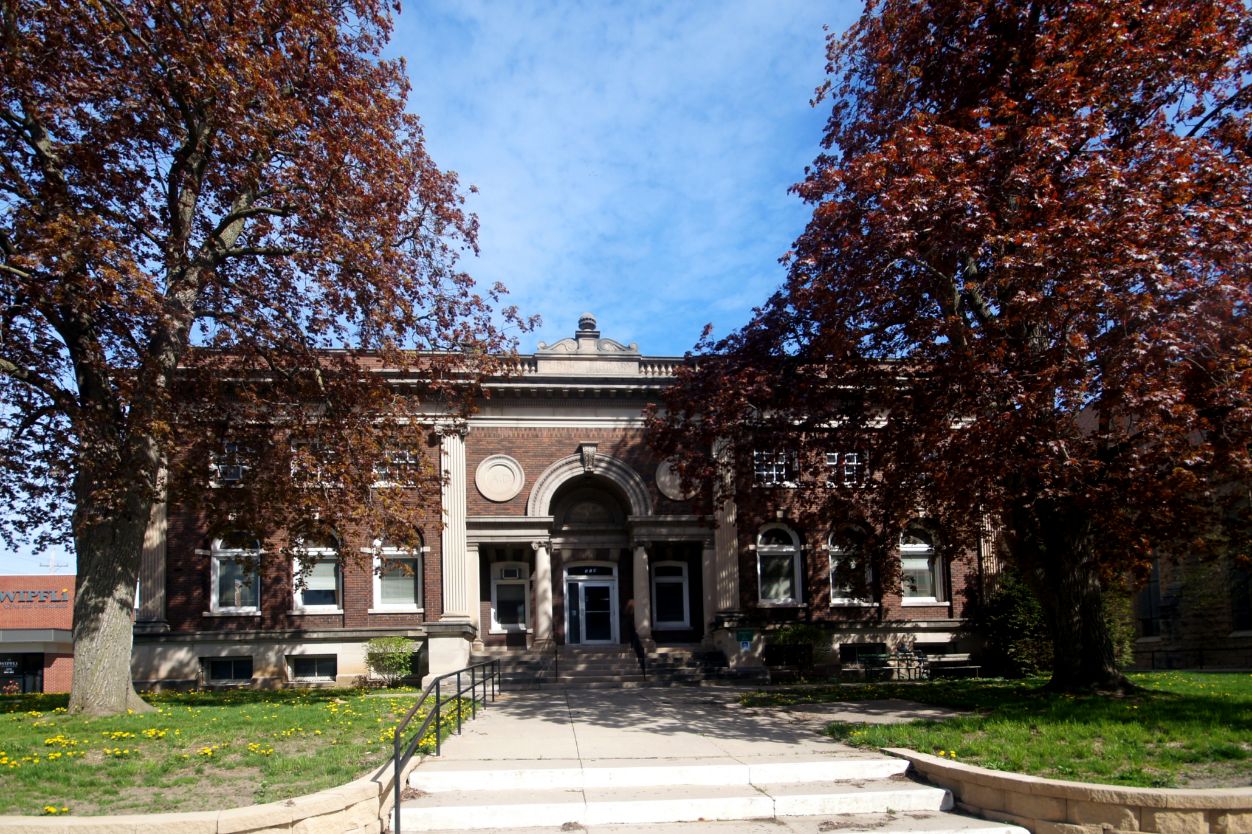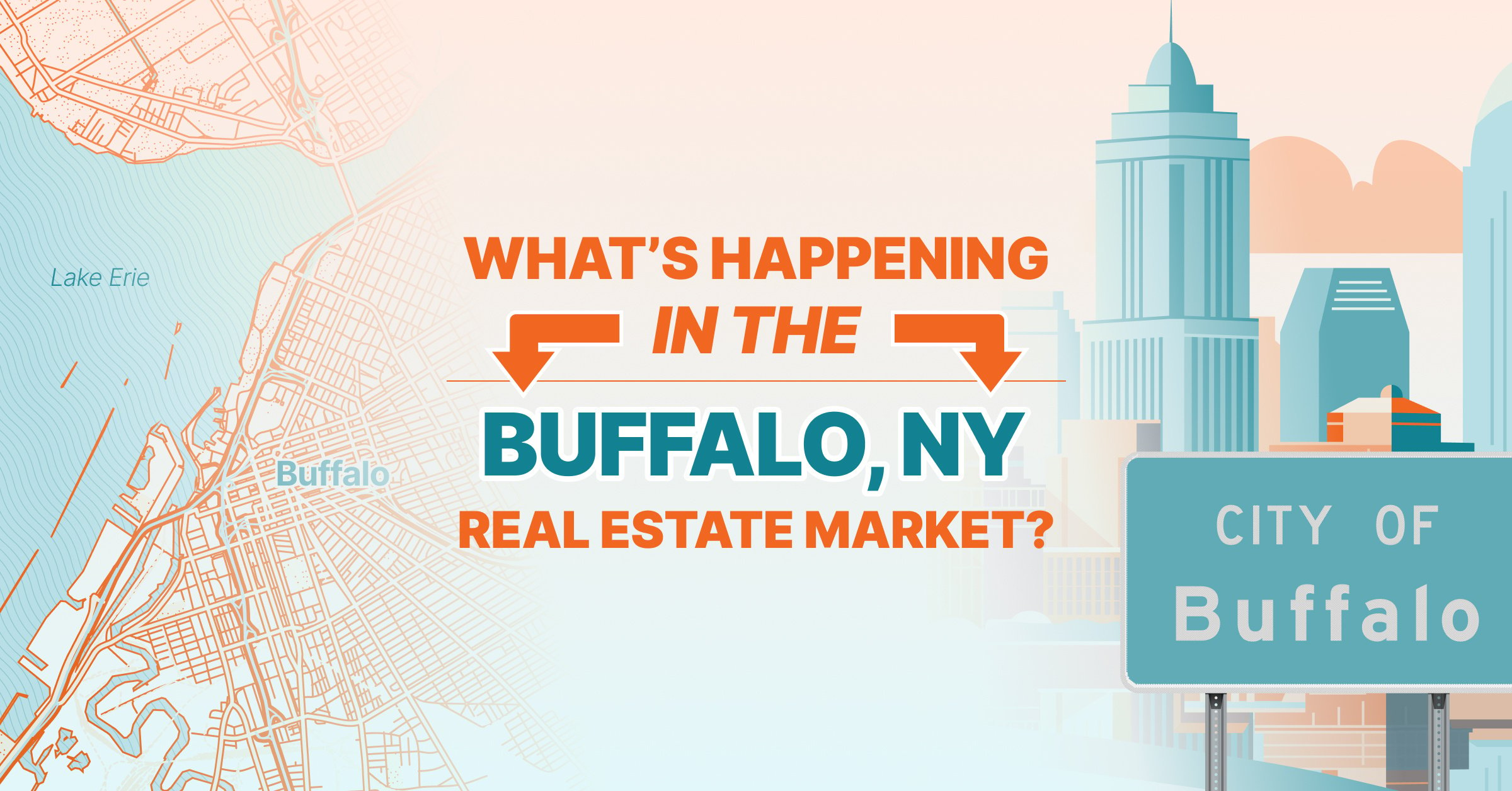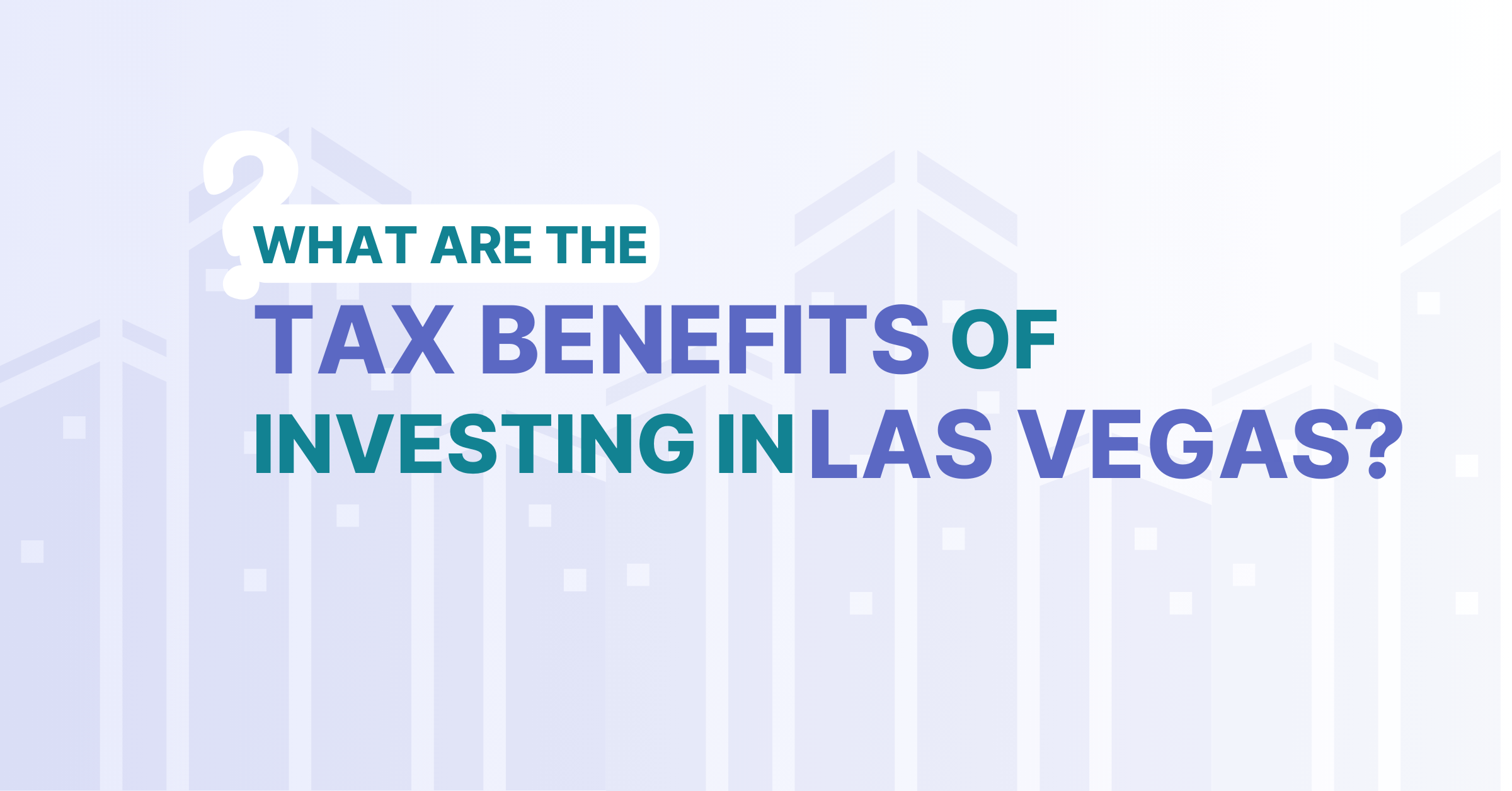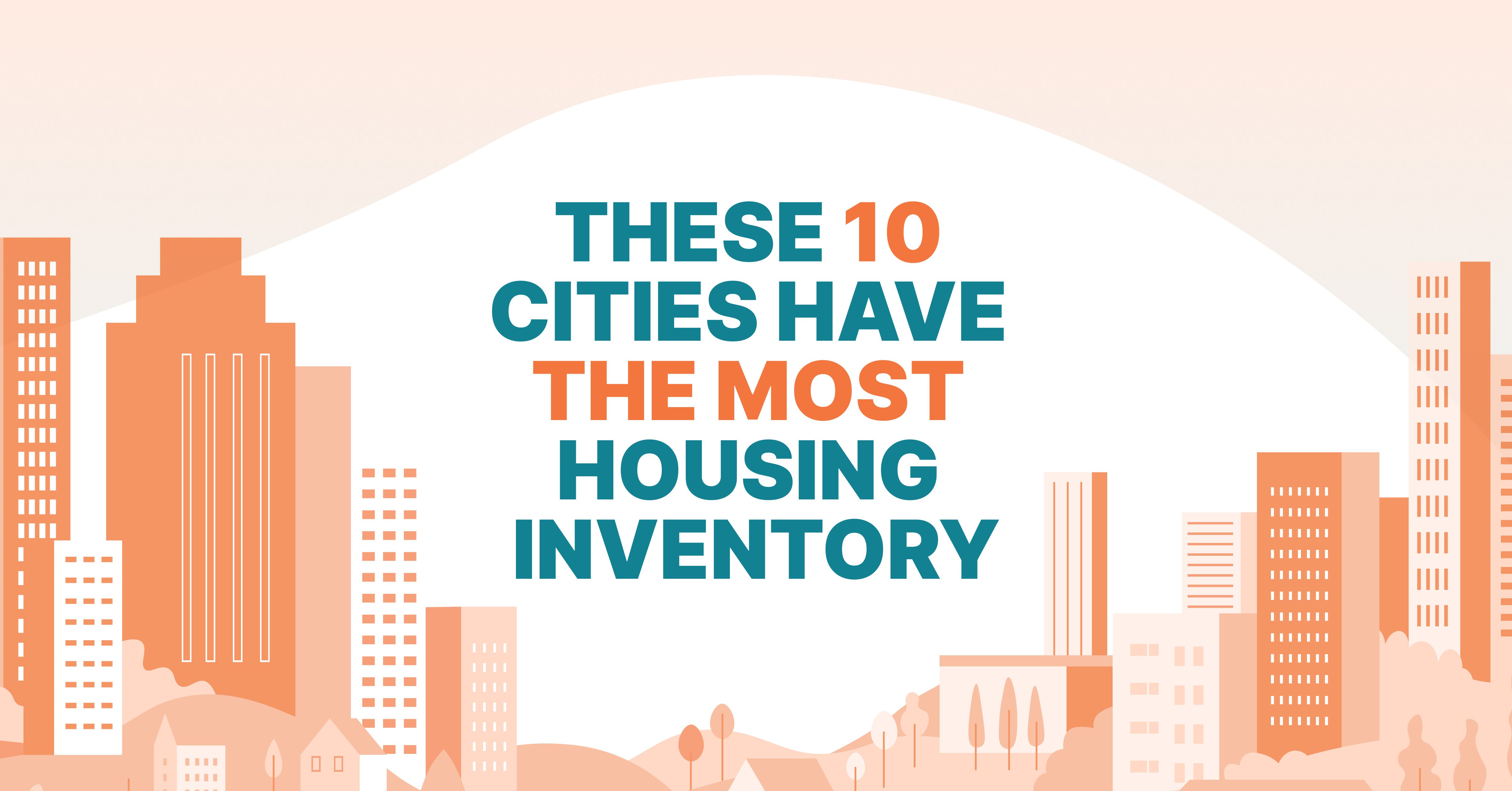Investing in your first rental property can be challenging when the median sales price for U.S. homes is $416,100, and the country’s housing inventory is at record lows. But if you know where to find affordable houses, you could start benefiting from steady rental income, property appreciation, and real estate tax breaks sooner rather than later.
Below, we’ve listed the ten most affordable U.S. cities (from most to least affordable) along with their median listing price, average rent, local attractions, economic growth, and other factors so you can make a more informed investing decision.
|
City |
Median Listing Price |
Median Monthly Gross Rent |
| 1. Macomb, Illinois | $72,450 | $659 |
| 2. Clarksdale, Mississippi | $86,000 | $648 |
| 3. Selma, Alabama | $90,950 | $644 |
| 4. Danville, Illinois | $97,450 | $707 |
| 5. Vernon, Texas | $105,000 | $754 |
| 6. Sunbury, Pennsylvania | $105,700 | $662 |
| 7. Johnstown, Pennsylvania | $109,950 | $556 |
| 8. Freeport, Illinois | $110,675 | $692 |
| 9. Marion, Indiana | $111,000 | $716 |
| 10. Blytheville, Arkansas | $113,388 | $676 |
1. Macomb, Illinois
- Median Listing Price: $72,450
- Median Monthly Gross Rent: $659
Located 75 miles southwest of Peoria, Macomb is a city in western Illinois with a 2022 population of 14,857 (up from 14,842 in 2021).
As of August 2023, Macomb’s median listing price of $72,450 is the lowest of any U.S. city. Macomb also has 6,017 occupied housing units, of which 3,104 have renters. That’s 52%, much higher than the national average of 35%, providing a relatively large tenant pool.
From 2019 to 2020, employment in Macomb grew at a rate of 0.134%, from 7,490 to 7,500 employees. In 2021, the city’s gross domestic product (GDP) grew by 11.4%, reaching $1.26 billion, of which $141 million came from real estate and rental leasing.
The city is also home to Western Illinois University, which employs many. Other major employers include Spoon River College and McDonough District Hospital.
2. Clarksdale, Mississippi
- Median Listing Price: $86,000
- Median Monthly Gross Rent: $648
Considered the birthplace of blues music, Clarksdale is located in the Mississippi Delta region along the Sunflower River and has a 2022 population of 13,969.
Historically, Clarksdale was an agricultural and trading center, but today, its top industries are education, healthcare, and social assistance. In 2021, Clarksdale’s GDP grew at an annual rate of 2.95% to $726 million, of which $85 million came from real estate and rental leasing.
The city’s median listing price of $86,000 and its 50% renter occupancy rate make it attractive for investors. Just be sure to get a quality home inspection before buying since the average building was built around 1932.
Also, be aware that Mississippi is the most humid state in The United States, and temperatures typically range from 35° to 91°F.
3. Selma, Alabama

- Median Listing Price: $90,950
- Median Monthly Gross Rent: $644
Known for its Civil War and civil rights history, Selma is located along the banks of the Alabama River in the Black Belt region.
Since the decline of its agricultural industry, the city has focused heavily on tourism. But many residents also work in manufacturing. Case in point: A tier-one Hyundai supplier is planning a $4.2 million dollar expansion to the city that will create up to 60 new jobs.
In 2021, Selma’s GDP grew by 1.11% to $1.28 billion, of which $126 million came from real estate and rental leasing. In addition to low property prices, investors can benefit from a high ratio of renter-occupied housing units (53%). The city’s population is 17,023.
4. Danville, Illinois
- Median Listing Price: $97,450
- Median Monthly Gross Rent: $707
Located 120 miles south of Chicago and 90 miles west of Indianapolis, Danville is an eastern Illinois city of 28,472—the most populous city on our list.
In 2021, the city was named “one of the cheapest U.S. places to live.” It also has 13,905 housing units, of which 11,392 are occupied, and 4,857 are occupied by renters (43%).
From 2019 to 2020, employment in Danville grew at a rate of 5.9%, from 10,600 to 11,200 employees. Most workers are college-educated; the most common professions are office and admin, transportation and material moving, and production occupations.
In 2021, Danville’s GDP grew by 8.93% to $3.64 billion, of which $380 million came from real estate and rental leasing.
5. Vernon, Texas
- Median Listing Price: $105,000
- Median Monthly Gross Rent: $754
On the northern edge of Texas lies Vernon, a small city of 9,745. It’s home to Vernon College and North Texas State Hospital, which help make education, health care, and social assistance its top industry. 1,469 of the city’s 4,607 employed labor force work in these areas.
In 2021, Vernon’s GDP grew by 0.72% to $781 million, of which $70 million came from real estate and rental leasing. Also, from 2019 to 2020, total employment grew 1.39%, from 4,910 to 4,980 employees.
Vernon’s climate is semi-arid, with temperatures usually varying between 32° to 99°F.
6. Sunbury, Pennsylvania
- Median Listing Price: $105,700
- Median Monthly Gross Rent: $662
Sunbury is a rust belt city in central Pennsylvania. It’s home to 9,587 residents and Hotel Edison, where Thomas Edison installed the first successful three-wire electric lighting system.
The median listing price for Sunbury properties is just over $100,000, and renting is common. Of Sunbury’s 4,094 housing units, 52% are occupied by renters.
With the headquarters of the regional supermarket chain Weis Markets, Sunbury is also home to a lot of retail trade. In 2021, Sunbury’s GDP grew by 9.15% to $3.55 billion. Similarly, GDP attributed to real estate and rental leasing grew by 6.42% to $511 million.
7. Johnstown, Pennsylvania
- Median Listing Price: $109,950
- Median Monthly Gross Rent: $556
Situated 57 miles east of Pittsburgh in a gorge called Conemaugh Gap lies Johnstown, PA, with a population of 18,091.
The city’s $109,950 median listing price is an immediate draw. Plus, 49% of the 8,991 occupied housing units have tenants, many of whom are attracted by low rents. In 2020, the city ranked first nationwide for the lowest median monthly rent.
Economically, the city is doing well. From 2019 to 2020, employment grew 10.7%, from 6,520 to 7,220 employees. In 2021, GDP grew by 5.19% to $5.19 billion, of which $551 million came from real estate and rental leasing. The most common jobs in Johnstown include home health and personal care aides, cashiers, and registered nurses.
Johnstown has an attractive mild climate with temperatures typically ranging from 21° to 82°F. However, investors should factor in the risk of flooding, given major floods occurred here in 1889, 1936, and 1977.
8. Freeport, Illinois

- Median Listing Price: $110,675
- Median Monthly Gross Rent: $692
Freeport, aka Pretzel City USA, is a city in northern Illinois with 23,413 residents. GoBankingRates recently named it one of the top 30 cities where you can pay less than $1,000 monthly housing costs.
Highland Community College and Columbia College-Freeport employ many Freeport residents. Other major employers include healthcare provider FHN and construction company The Helm Group. In 2021, the city’s GDP grew by an impressive 9.76% to $2.1 billion, of which real estate and rental leasing made up $245 million.
Freeport has 10,828 occupied housing units, of which 41% have renters who pay a median gross rent of $692.
9. Marion, Indiana
- Median Listing Price: $111,000
- Median Monthly Gross Rent: $716
Marion, Indiana, sits 60 miles northeast of Indianapolis along the Mississinewa River and has a population of 28,030.
The city is home to Indiana Wesleyan University, the state’s largest private university. This helps make education one of the city’s top industries. Other major employers include General Motors, Marion Metal, and Marion Health. In 2021, Marion’s GDP grew by 7.91% to 2.65 billion, of which 179 million came from real estate and rental leasing.
Marion has 10,806 occupied housing units, of which 4,555 have renters (42%).
10. Blytheville, Arkansas
- Median Listing Price: $113,338
- Median Monthly Gross Rent: $676
Blytheville is a city in Arkansas with 12,706 residents. Though homes list for more here than in the previously named cities, list prices are still well below the national median. Furthermore, renters occupy 49% of all occupied Blytheville housing units.
Additionally, Blytheville’s economy is booming. In 2021, the city’s GDP grew by a staggering 22.98% to $3.33 billion, of which 149 million came from real estate and rental leasing. Furthermore, from 2019 to 2020, employment grew at a rate of 0.318%, from 5,980 to 6,000 employees.
The city’s top industry is manufacturing, with major employers including Nucor Steel and Maverick Tube Corporation. The city is also home to Arkansas Northeastern College, the first U.S. community college. Another attraction is the warm, subtropical weather, with temperatures ranging from 32° to 91°F.
Final Tips for Investing in Affordable Cities
Before you buy your first rental property, do your due diligence. This means:
Study the neighborhood. Running comps helps ensure you get a good deal and a significant potential ROI. To get a glance at nearby comparable properties, use PropStream’s Heat Maps.
Check for liens. Sometimes, inexpensive properties are priced low for a reason. They might have liens or come with other liabilities. To ensure you know what you’re getting into, check for liens with PropStream.
Get a home inspection. As a rule, you should always get a home inspection before buying a property. This can alert you to potential property damage that needs fixing.
Plan for potential renovations. Once you know what repairs are needed, start planning renovations. Use PropStreams’s Rehab Calculator to estimate the cost.
| Ready to find your first rental property in one of these regions? Sign up for PropStream’s 7-day trial and get 50 leads on us! |
Notes on sources:
- Median listing prices for August 2023 taken from Realtor.com® Economic Research
- Data on median monthly gross rent, number of rental housing units, and top industries taken from the U.S. Census Bureau’s 2021 American Community Survey (ACS) 5-Year Estimate Data
- Population numbers taken from the U.S. Census Bureau’s Vintage 2022 Data
- City GDP data taken from the U.S. Bureau of Economic Analysis (BEA)
- Climate data taken from Weather Spark
- Job growth data taken from Data USA



